Picture this: you’re walking through downtown Chicago when you spot what looks like a small wolf casually trotting down a sidewalk. Your first instinct might be to rub your eyes, but chances are you’re witnessing one of nature’s greatest urban success stories. Coyotes, once confined to the American West’s wide-open spaces, have pulled off an incredible feat that would make any city planner jealous – they’ve successfully colonized urban America.
These adaptable predators aren’t just surviving in our concrete jungles; they’re absolutely thriving. From Manhattan’s Central Park to the sprawling neighborhoods of Los Angeles, coyotes have quietly established themselves as permanent residents of America’s biggest cities. What makes this transformation even more remarkable is that while most wildlife species struggle against human expansion, coyotes have turned our urban development into their own personal advantage. So let’s get started on this fascinating journey into how these clever canines might just become the ultimate urban dwellers.
The Numbers Don’t Lie About Urban Expansion
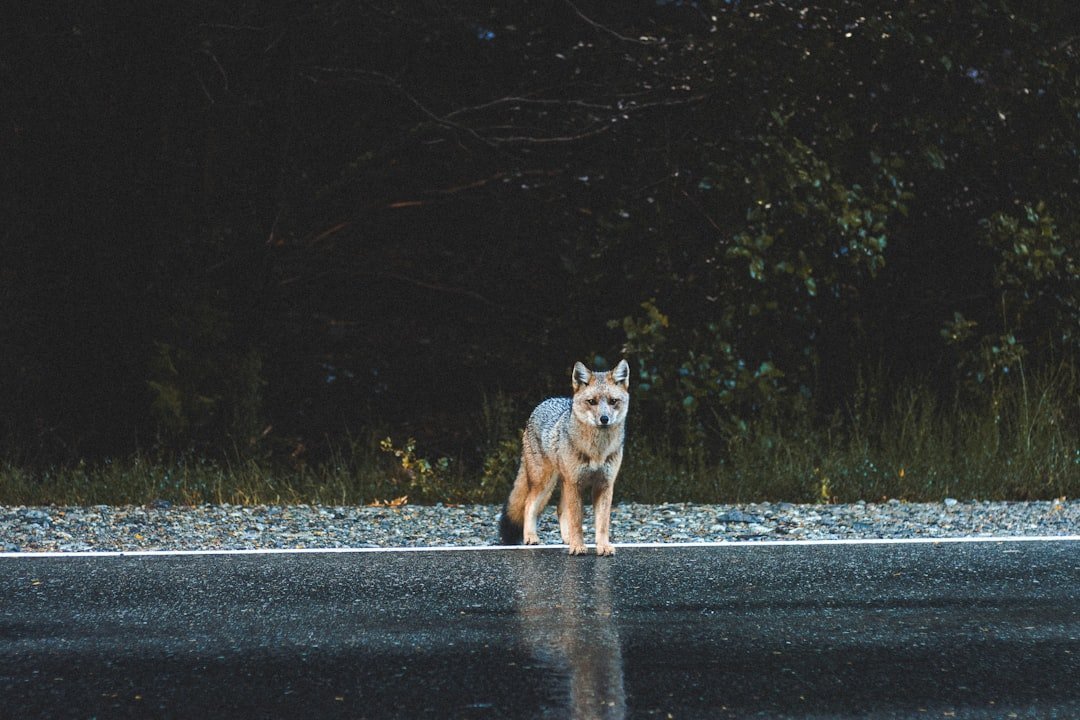
Gehrt and colleagues estimate that around 2,000 coyotes live in the Chicago metropolitan area, one of the largest metropolitan areas in North America. This staggering figure represents just one city, but researchers believe similar populations exist in metropolitan areas across the continent. The researchers estimated that there are around 2,000 coyotes living in the Chicago metropolitan area and that this circumstance may well apply to many other urban areas in North America.
What’s even more impressive is the scope of their urban conquest. In cities across America, it’s become increasingly common to see coyotes in parks, golf courses and other green spaces. Coyotes are increasingly common in urban areas throughout the United States. The data from recent studies shows that this isn’t just a temporary phenomenon – it’s a fundamental shift in how these animals interact with human environments.
The Science Behind Their Remarkable Adaptability
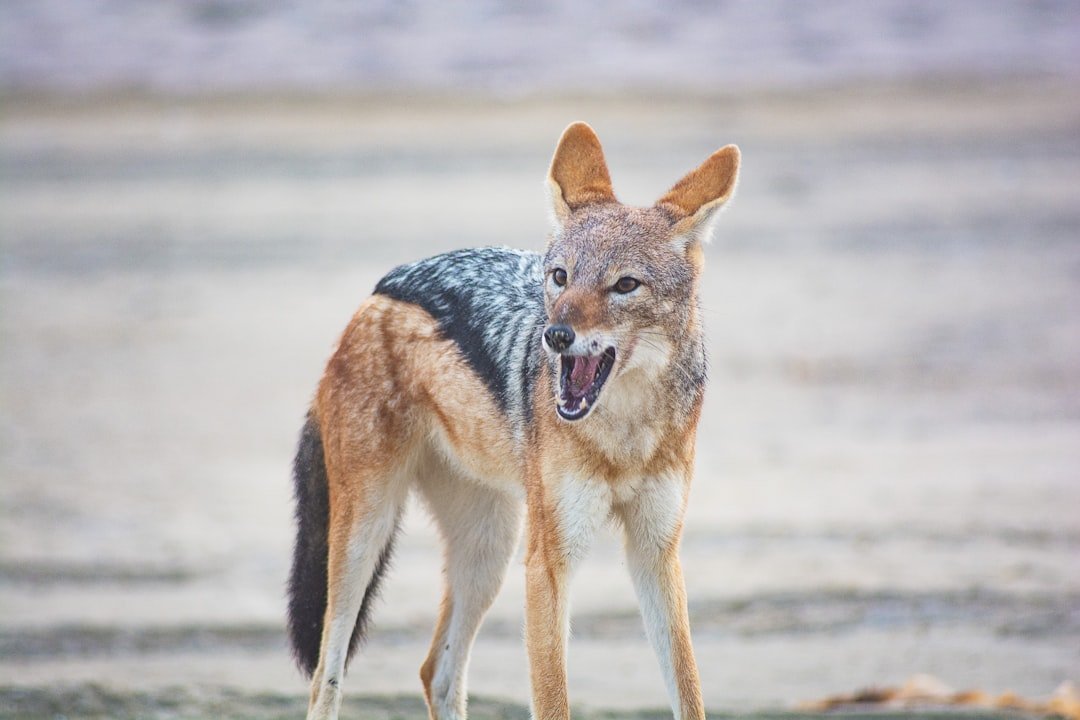
Researchers from the University of New Hampshire used data from over 4,500 camera traps to study coyotes across multiple different habitats and found that human hunting did not reduce populations but instead led to an increase in coyote numbers, perhaps due to reproduction and immigration rates. This counterintuitive finding reveals just how resilient these animals truly are. Traditional wildlife management approaches that work on other species actually backfire with coyotes.
This adaptability is encoded in their biology – coyotes can quickly modify their hunting techniques, adjust their reproductive patterns, and alter their activity schedules in response to changing conditions. In urban environments, they’ve shifted to become more nocturnal, developed comfort with human infrastructure, and broadened their diets to include everything from rodents and rabbits to discarded fast food and garden fruits.
Urban Life Actually Makes Them Live Longer
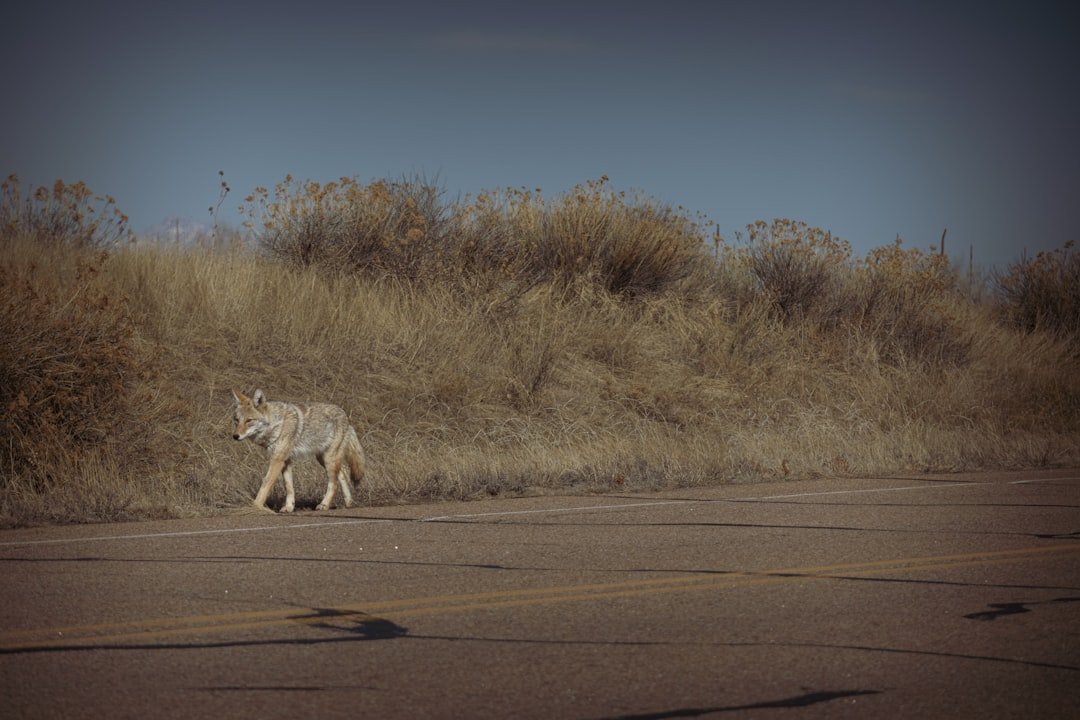
Here’s something that’ll blow your mind: city life is actually good for coyotes’ health. They found that urban coyotes tend to live longer than their rural counterparts, kill rodents and small pets, and live anywhere from parks to industrial areas. Instead, areas densely populated with humans were associated with longer coyote lifespans. This finding completely flips the narrative about urban environments being harmful to wildlife.
What we found was really interesting, in that the societal characteristics seem to play a much more important role in predicting coyote survival time than the environmental characteristics. Researchers discovered that the presence of humans, rather than natural habitat, was the key factor in coyote survival. Urban areas provide consistent food sources, fewer large predators, and even shelter during harsh weather conditions.
They’ve Mastered the Urban Food Game

Cities offer coyotes an abundant and diverse menu that supports their omnivorous lifestyle. Urban environments concentrate food resources in ways that natural habitats typically don’t. Think about it – every neighborhood has pet food left outside, overflowing garbage cans, and small animals that thrive around human development.
Analysis of urban coyote scat found that the most common food source of Southern California coyotes came from anthropogenic sources, namely edible plantings cultivated by humans (particularly figs, palm fruit and grapes), litter/refuse, and domestic cats. They’ve essentially turned our urban landscapes into their personal buffet. One of the things that has allowed coyotes to be so successful is that they are so adaptable. We typically think of coyotes as predators, whereas they are really omnivores. They eat a lot of insect matter, fruits and vegetables; they eat a lot of animal matter, too, but they are also good at capitalizing on human by-products, like trash.
Geographic Spread Shows No Signs of Stopping
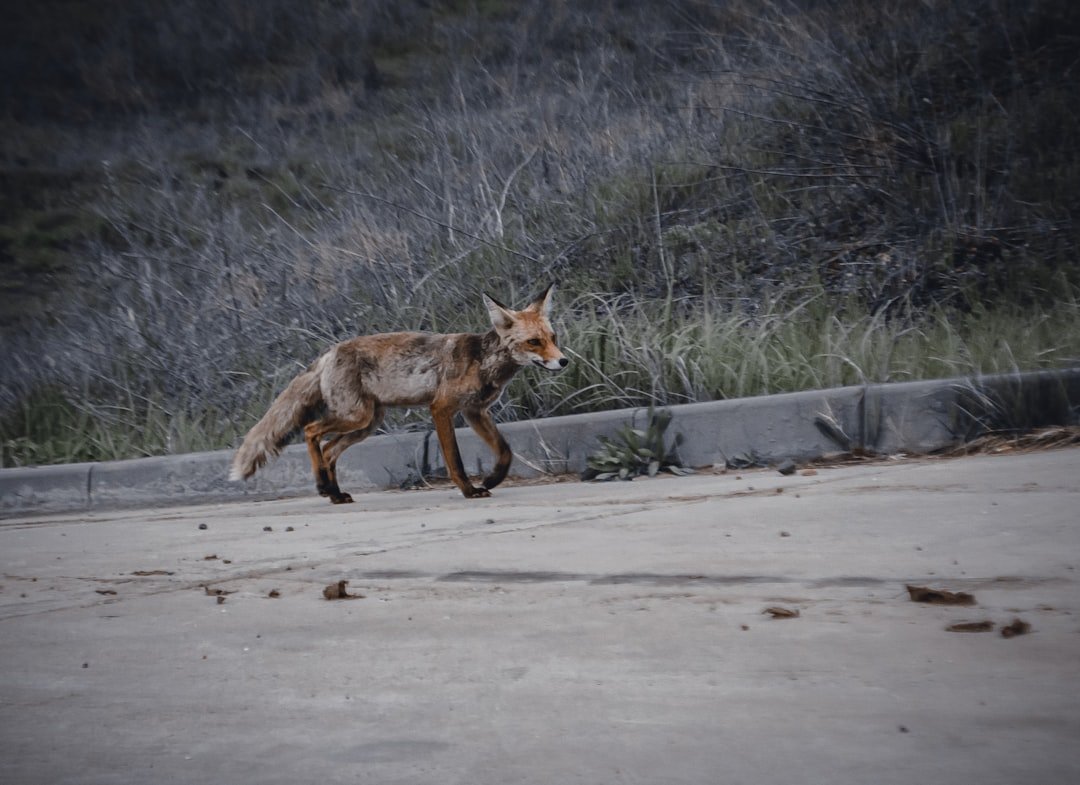
From New York City (one daring individual hopped onto a roof in Queens) to the Florida Keys to the Hollywood Hills, no city or climate seems off limits. Coyotes have expanded their range significantly across North and Central America. Their expansion isn’t just happening within the United States – it’s a continental phenomenon that shows no signs of slowing down.
What’s striking is almost all eastern states show exponential growth. There’s no leveling off in most places. Larger urban areas were more likely to have coyotes and conflicts. The pattern is clear: bigger cities create better conditions for coyote populations, and these populations continue growing year after year.
Urban Infrastructure Becomes Their Highway System
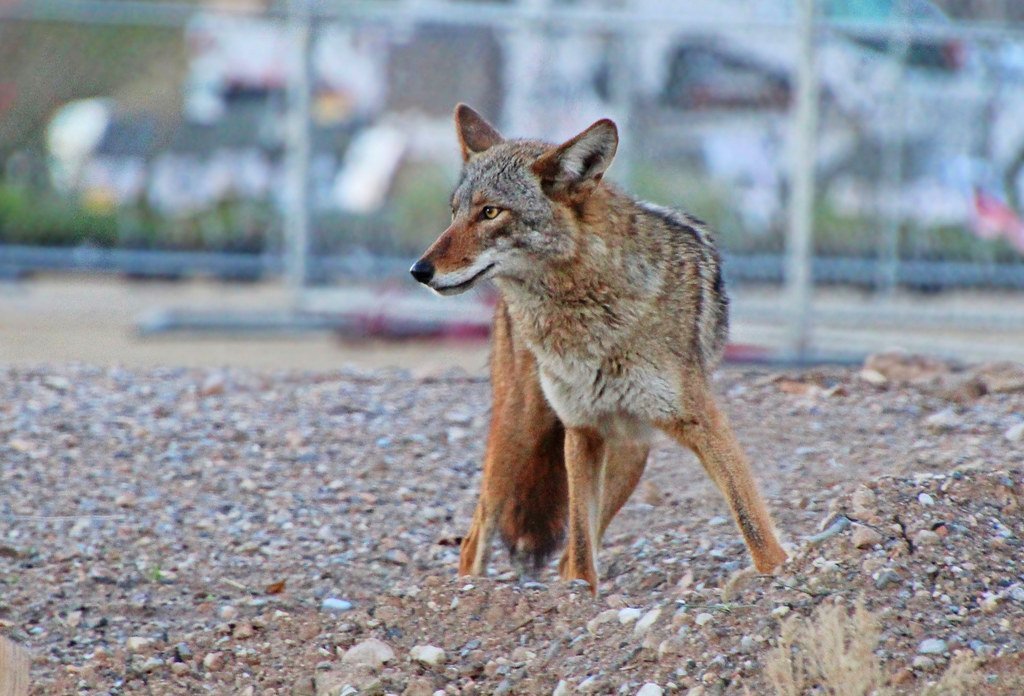
We rarely think about storm drains, power line rights of way, or railroad tracks, but these are coyote highways, linking one habitat to another. Coyotes have figured out how to navigate urban landscapes using the very infrastructure we built for ourselves. They treat our cities like their own personal transportation network.
Researchers in Chicago found that coyotes even learned how to use traffic control signals: ‘They were waiting until lights turned green before crossing the street.’ They have learned to navigate an urban landscape. This level of behavioral adaptation shows intelligence that rivals many domestic animals. They’re not just surviving in cities – they’re learning the rules and following them.
The Removal of Natural Predators Created Perfect Conditions
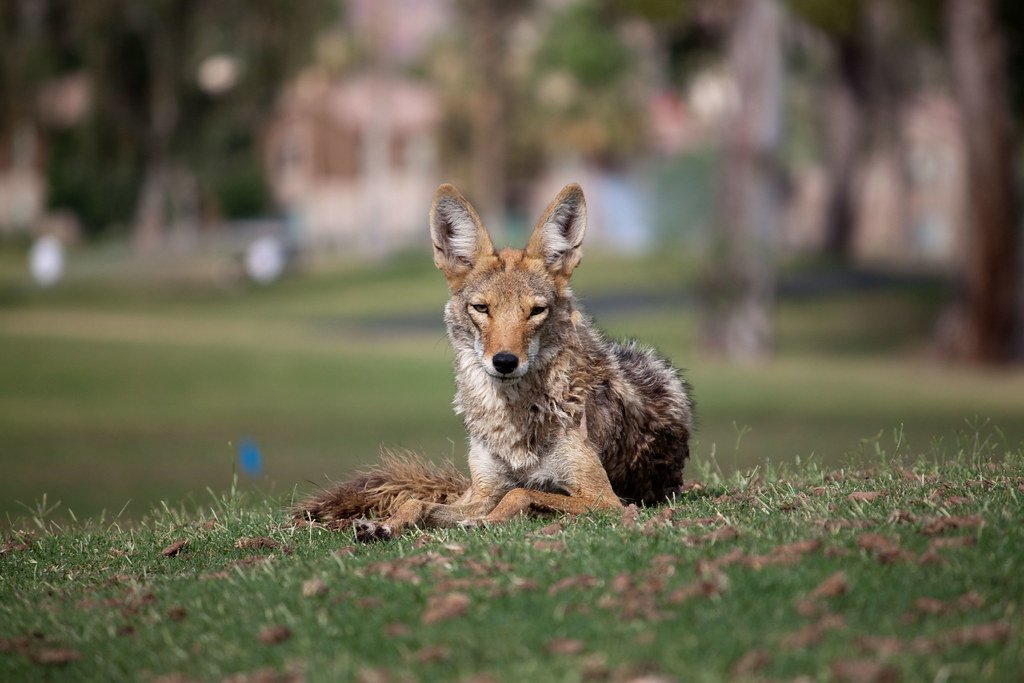
The ecological phenomenon known as “mesopredator release” has played a significant role in urban coyote success. This occurs when apex predators like wolves and mountain lions – which historically kept coyote populations in check – are removed from an ecosystem. Without these natural controls, medium-sized predators (mesopredators) like coyotes can flourish.
Most of those apex predators can’t persist in these human dominated environments, except for organisms like coyotes. The urban landscape, devoid of larger predators but rich in prey species like rodents, rabbits, and even small pets, creates an ideal ecological niche for coyotes. We inadvertently created the perfect environment for coyote takeover by eliminating their natural competitors.
They’re Becoming True Urban Natives

Many of the coyotes currently living in the city can actually be traced back to the original group that first arrived in the Bronx, so they truly are multi-generational New Yorkers. As their families have gotten bigger, they have begun branching out into other boroughs – a situation that any city resident with a growing family can certainly relate to. These aren’t rural animals wandering into cities – they’re genuine urban natives born and raised in metropolitan environments.
Scientists now understand that evolution can happen within just a few generations. Urban areas offer a unique glimpse into how evolution functions on smaller timescales and how species adapt to human presence and novel environments. Urban coyotes are literally evolving to become better city dwellers, developing traits that help them thrive in human-dominated landscapes.
Population Control Efforts Actually Backfire
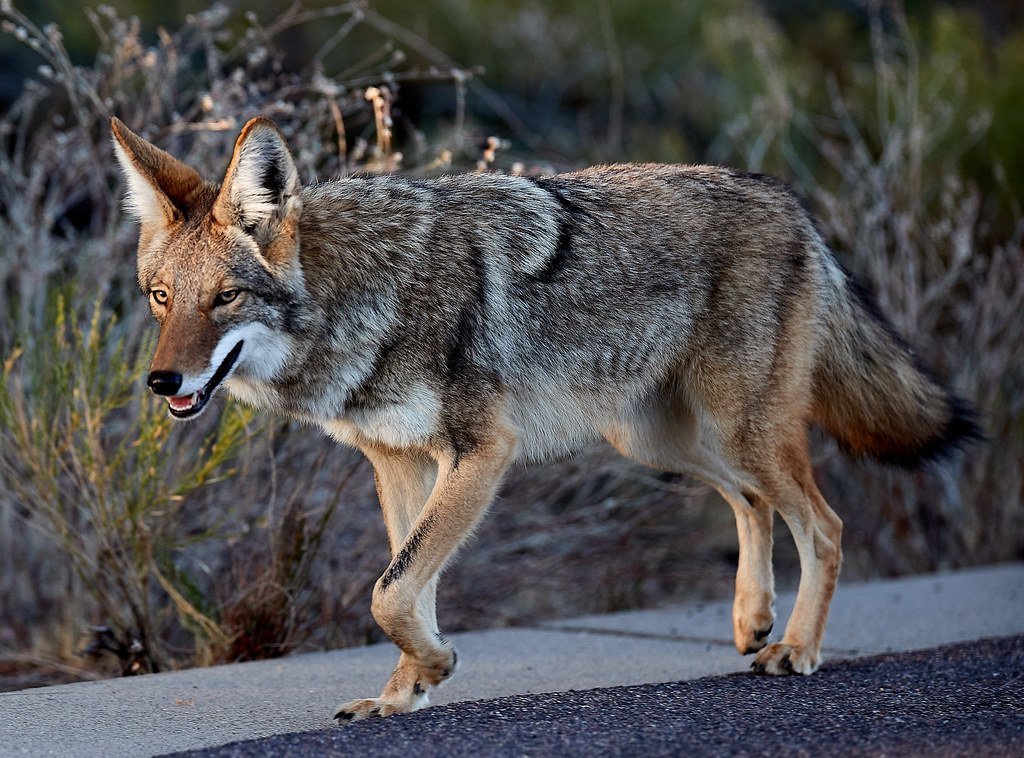
Surprisingly, the study’s findings suggest that human hunting practices may actually contribute to increasing the number of coyotes. Intensive coyote removal can obviously reduce populations in the short-term, but removal can also result in younger coyote populations with higher reproduction and immigration rates. Every time we try to control their numbers through traditional means, we accidentally make the problem worse.
Coyotes have demonstrated remarkable resilience to control efforts, with conventional removal programs proving largely ineffective at achieving long-term population reductions. The species’ reproductive biology enables rapid replacement of removed individuals, with females capable of increasing litter sizes in response to population pressures. This adaptability suggests that urban coyotes have become a permanent feature of America’s urban landscape rather than a temporary phenomenon.
Major Cities Are Leading the Coexistence Revolution

That shift in approach has permitted coyotes to remain in city parks. The Wildlife Unit [of NYC Parks] has worked closely with partners including the New York City Police Department and New York State Department of Environmental Conservation to promote the safe coexistence between people and wildlife like coyotes. New York City has completely changed its approach from removal to coexistence, recognizing that these animals are here to stay.
Future management strategies are increasingly focusing on coexistence rather than elimination, with cities like Denver, Portland, and Los Angeles developing pioneering coyote coexistence plans that emphasize habitat modification, public education, and targeted response to problem individuals. The most progressive cities are leading the way in showing how humans and coyotes can share urban spaces successfully.
They’re Actually Helping Urban Ecosystems
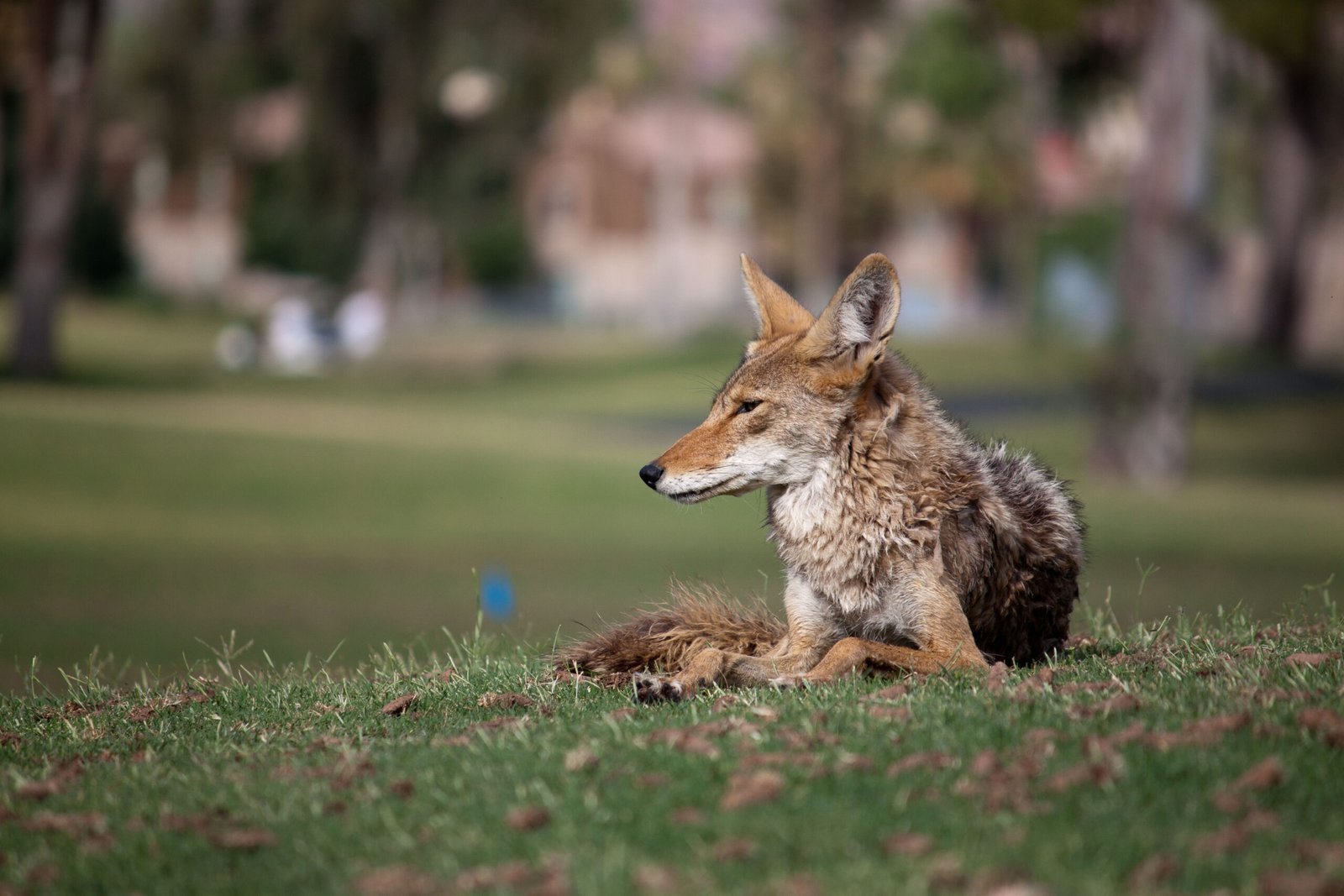
Oftentimes, when we think about ecosystems, we think about all of the component parts. And one of the most important component parts are these apex predators. Because these predators, through their movement, through how they interact with prey, species and other carnivores, they dictate how animals use space and time. And that oftentimes means that there’s more space for more organisms when those predators are present.
Romeo and Juliet’s presence is a sign our ecosystem is becoming cleaner and healthier. Coyotes can also help manage the city’s rodent problem and keep other wildlife populations, like Canada geese and raccoons, in check. Rather than being urban pests, coyotes are actually helping maintain ecological balance in our cities. They’re nature’s pest control service working for free.
The Future Points to Complete Urban Integration
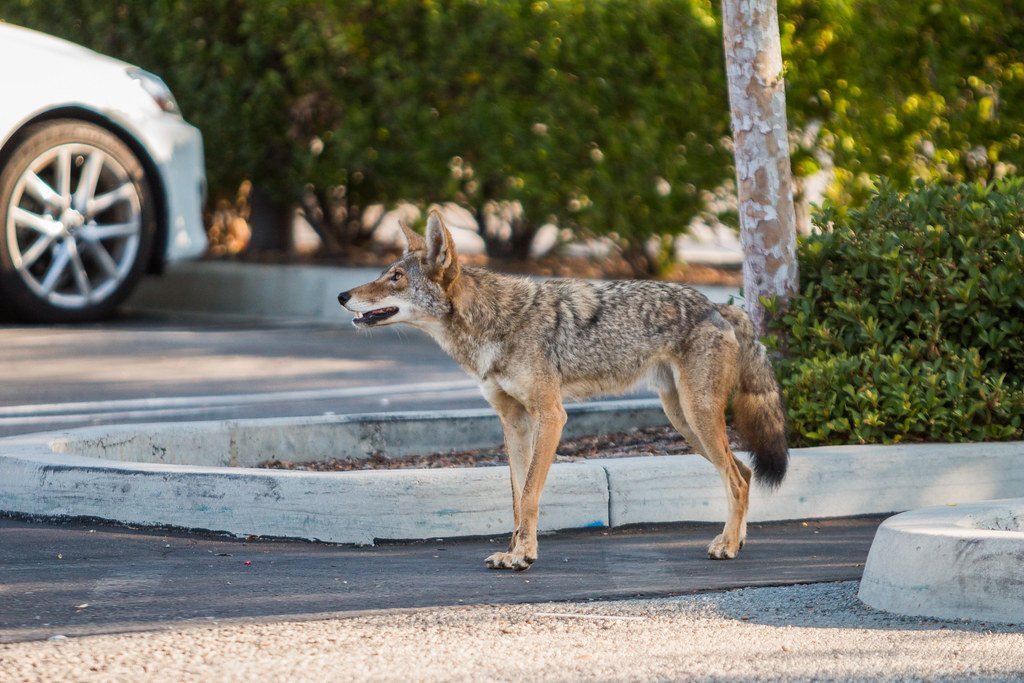
Urban coyote populations appear positioned for continued expansion and integration into America’s metropolitan ecosystems. This adaptability suggests that urban coyotes have become a permanent feature of America’s urban landscape rather than a temporary phenomenon. All evidence points to coyotes becoming as much a part of city life as pigeons or squirrels.
So far, reported run-ins with people haven’t increased, even as Chicago’s coyote population continues to grow – there are now around 2,000 in the Chicago metropolitan area. But, Gehrt says, ‘The question is, year after year, generation after generation, will they continue to have that healthy fear of people?’ The key challenge isn’t whether coyotes will continue living in cities – it’s whether they’ll maintain their natural wariness of humans as they become more urbanized.
Conclusion
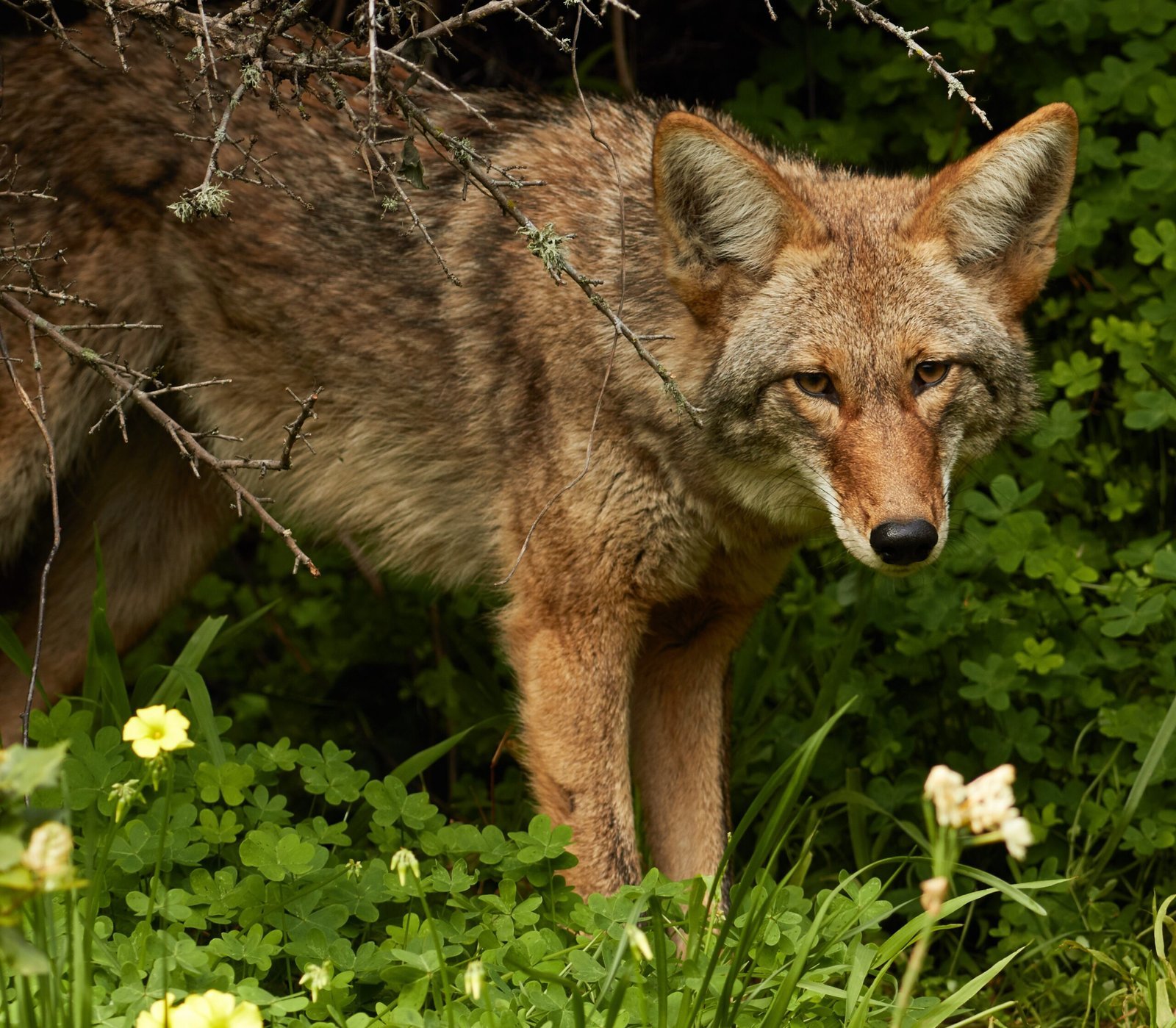
The question isn’t really whether coyotes could take over U.S. cities – they already have. These remarkable predators have accomplished something that seemed impossible just decades ago: they’ve turned our urban landscapes into their new native habitat. From the towering skyscrapers of Chicago to the sprawling suburbs of Los Angeles, coyotes have proven that adaptation and intelligence can triumph over seemingly insurmountable challenges.
What makes their urban conquest so fascinating is that it’s happening right under our noses, largely invisible to most city dwellers. While we’ve been busy building bigger cities and more complex infrastructure, coyotes have been quietly learning to navigate our urban maze, using our own creations as their pathways to success. They’ve figured out how to live longer, eat better, and reproduce more successfully in cities than they ever did in the wild.
Perhaps most importantly, their story forces us to reconsider what it means to share space with wildlife in the 21st century. As climate change and habitat loss threaten countless species, coyotes offer a glimpse of what successful adaptation looks like. They’re not just surviving alongside humans – they’re thriving because of us. What do you think about these urban pioneers? Have you spotted any coyotes in your city lately?




